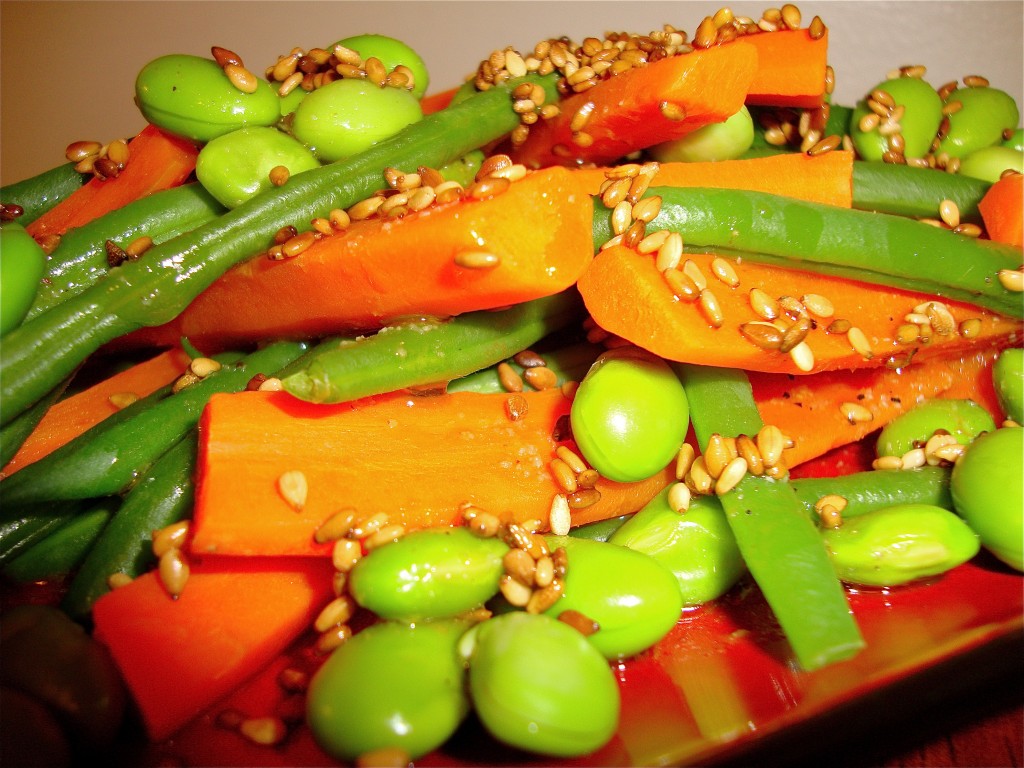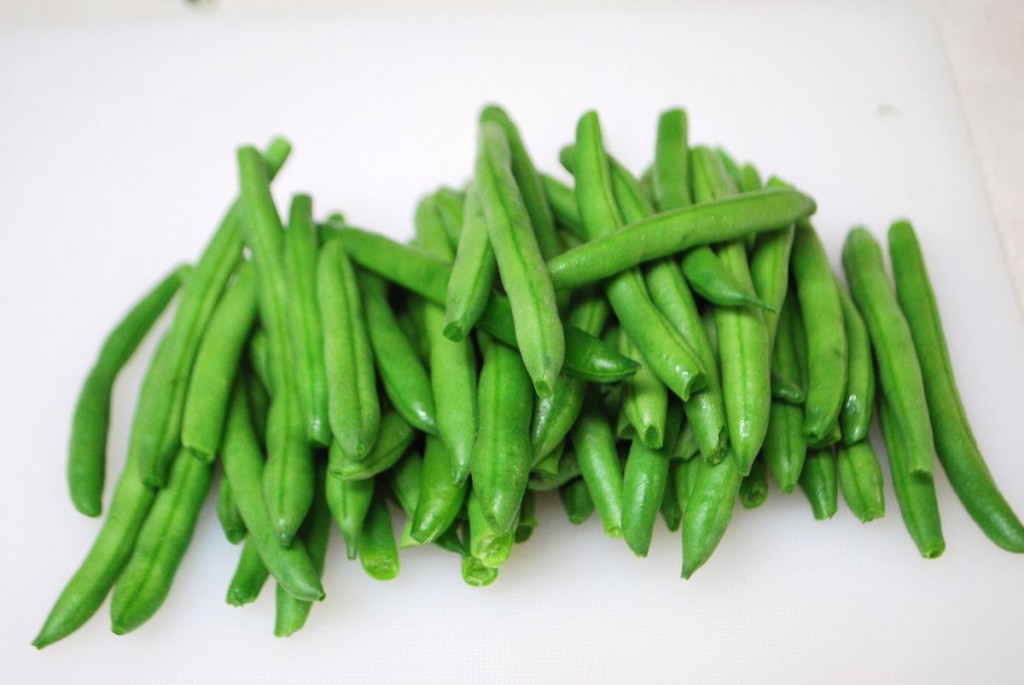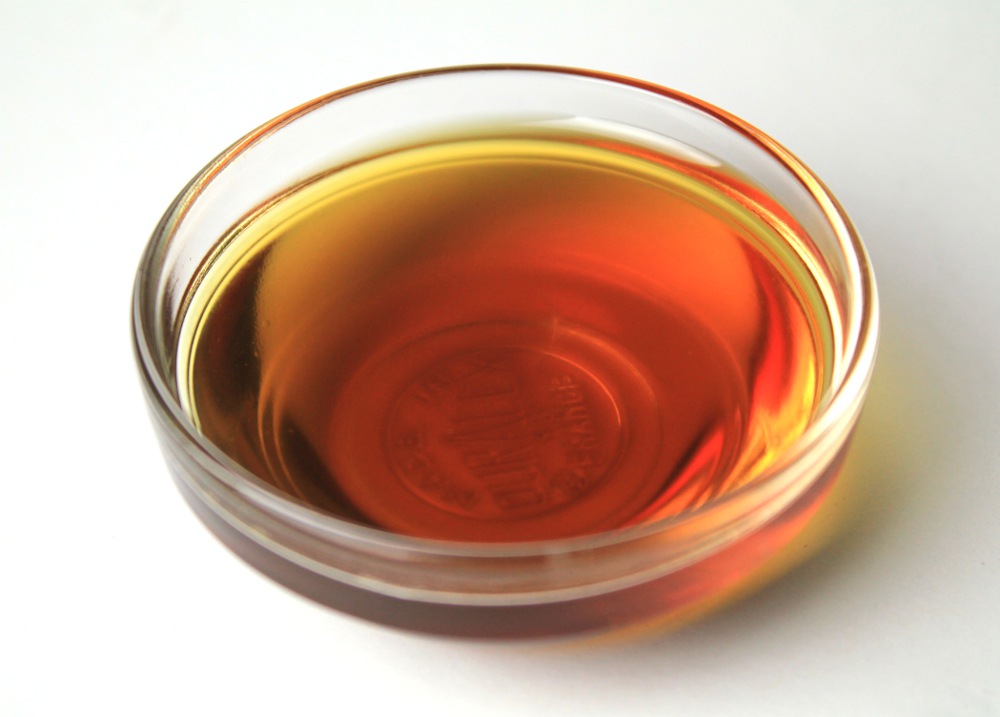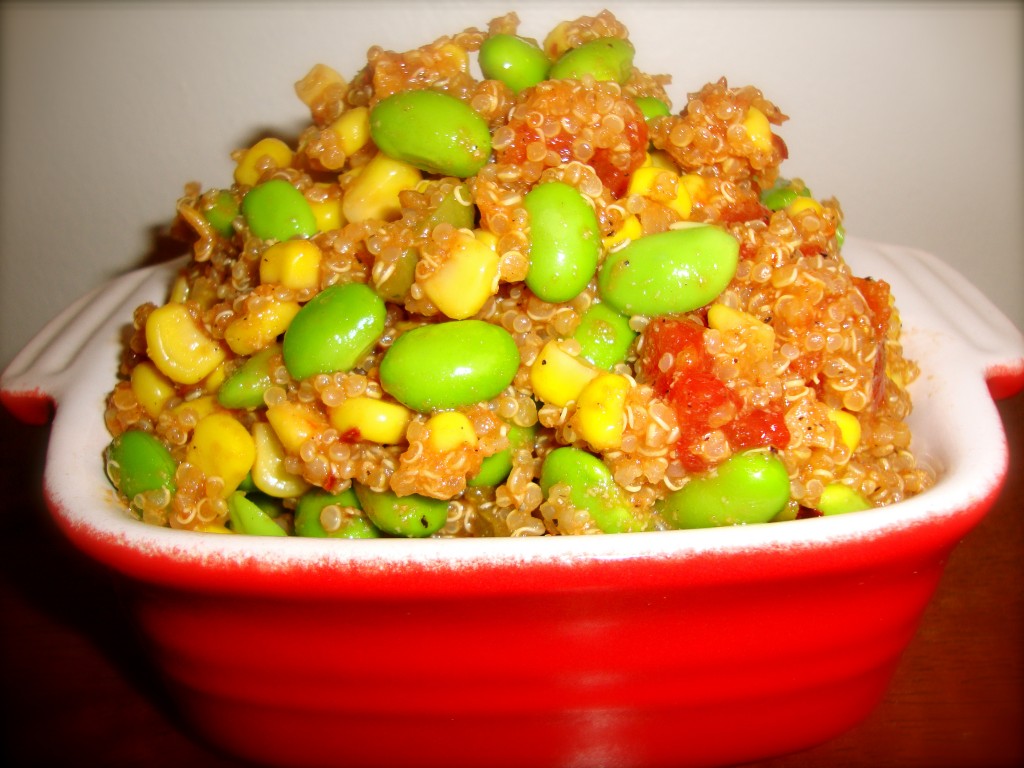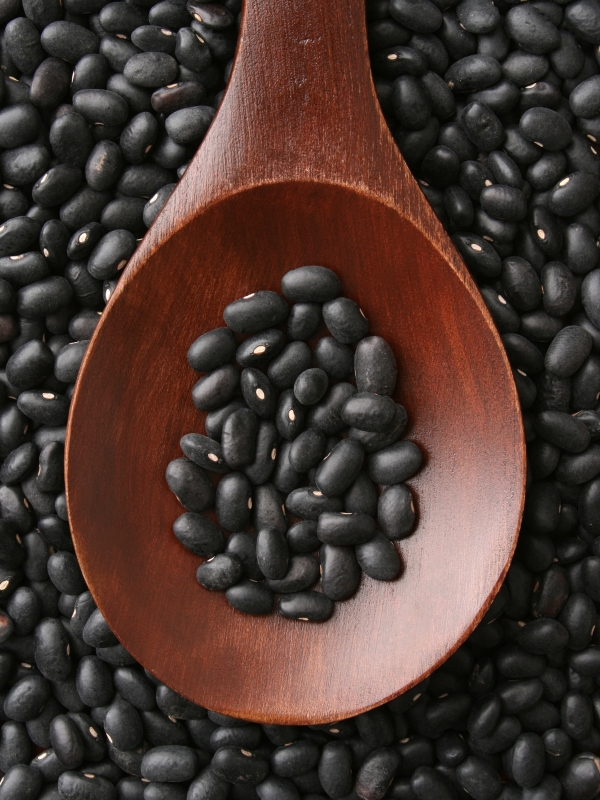x
Open Sesame!
x
That’s EXACTLY what your mouth will be saying after just one bite of this amazingggly tasty dish.
x
Last night I was doing the whole “I’m hungry but have nothing to eat” refrigerator routine.
You know the one I mean.
It goes something like this…
x
Open the refrigerator door.
Stare.
Scan.
Close the refrigerator door.
Walk away.
Return five minutes later hoping the refrigerator fairy paid a visit and snuck something spectacular in there while you weren’t looking.
(Please tell me I’m not the only one who does this.)
After the third try, I realized that the refrigerator fairy was probably not going to answer my wishes (much to my dismay). So there I was, once again, left to rummage around in an attempt to gather some ingredients remotely meal-worthy.
And well, I did just that.
Rummage away.
During my rummaging, however, I happened upon a vibrant bunch of carrots and a crispy bag of french style green beans.
Hold on.
Green beans?
How did those get in there?
You see, I’ve been in a little bit of a vegetable rut lately. Do you ever get like that? Same old salads for lunch, same old chopped veggies for a snack…yada, yada, yada) And frankly…I’ve been pretty darn bored with my typical routine. See, while I pretty much adore every kind of veggie out there, I’ve never really been a green-bean-loving gal. And it doesn’t help that I’ve yet to discover how to prepare them in a way that I actually enjoy. Ironically, I bought a bag of green beans from Trader Joe’s this past weekend as a form of personal protest. As I held the bag of beans in my hands and tossed them into my shopping basket, my mind unwittingly decided “I WILL enjoy green beans!” I suppose I was trying to convince myself that I could grow to love these healthy little veggies if I just forced myself to eat them enough.
Can you guess what happened next?
Days later, they still sat untouched.
Shocker.
But desperate times call for desperate measures…
And my tummy was desperately hungry!
If you didn’t like green beans before reading the recipe…
TRUST ME.
You will now!
x
x
Toasted Sesame Green Bean & Carrot Salad
x
Ingredients:
- 1 small bag of organic carrots (or 1 lb. worth)
- 1 bag of organic french green beans (or 1 lb. worth)
- Rice vinegar (for drizzling)
- Sesame oil (for drizzling)
- 3-4 tablespoons of sesame seeds
- 1-2 teaspoons of coconut oil (for toasting)
- Salt and pepper (to taste)
- Optional: Sliced avocado and/or edamame
Directions:
- Chop and slice your carrots into strips.
- Boil your carrots and green beans for 5 minutes or so (I like my veggies slightly crunchy).
- Drain your veggies and set aside.
- In a small pan, heat your coconut oil on medium high heat (until melted and swirled around the entire pan).
- Add in the sesame seeds and turn heat to high.
- Quickly stir the sesame seeds around the pan with a wooden spoon until toasted and browned (make sure you keep stirring or you will risk burning your seeds!)
- Toss your veggies and sesame seeds together. Add salt and pepper to taste.
- Plate your veggies and generously drizzle with rice vinegar and sesame oil.
- Optional: Top with sliced avocado or mix in some shelled edamame.
x
The best part about this dish other than the fact that it tastes amazing???
It’s low-fat, low-calorie, and good for you!
x
Health Benefits of Green Beans:
- High in fiber (improves digestion and colon health).
- Low calorie (1/2 cup has just 15 calories).
- High in antioxidants (Antioxidants help rid the body of free radicals that can damage cells and cause cancer).
- High in vitamin A, C and folic acid–an essential B vitamin (Vitamin A and C strengthen your immune system and vitamin C and folic acid help the body metabolize protein).
- High in calcium (1/2 cup of green beans has 31.5 mg of calcium).
- Higher in protein than other vegetables (1/2 cup has 1 gram of protein).
- Contains trace minerals of potassium and iron.
x
Health Benefits of Sesame Oil:
x
x
- High in antioxidants.
- Good source of vitamin E and vitamin K (Vitamin E lowers cholesterol and vitamin K makes proteins necessary for blood clotting and healthy tissues and bones).
- Lowers blood pressure.
- Lowers glucose and blood sugar levels.
- Acts as a diuretic (by lowering sodium content).
- Contains omega-fatty acids (Fatty acids are essential for brain growth and development. They also help reduce inflammation and reduce your risk of cancer, heart disease and arthritis).
- Improves skin health (On an internal level, sesame oil enhances the effects of vitamin E and antioxidants. Externally, sesame oil has antibacterial and anti-inflammatory properties).
- Contains important minerals such as iron, magnesium, calcium, and copper.
Carrots are crazy healthy too! Read all about the health benefits of these orange veggies in my “Call Me Crazy Carrot Smoothie” post!
x
All I can say is thank goodness for an empty fridge….
x
Or I wouldn’t have discovered the TASTIEST way to eat green beans!
x
Healthfully Yours,
Ashley Michelle
Sources:
Is Sesame Oil Good for the Body?
What are the Benefits of String Beans
Nutritional Value of String Beans

